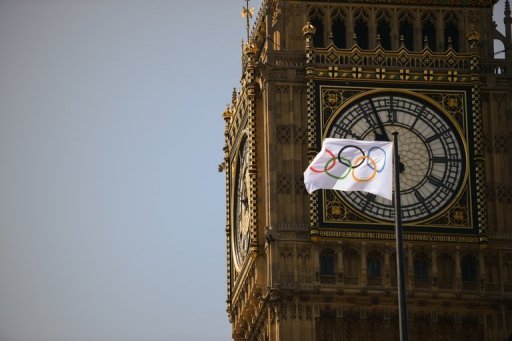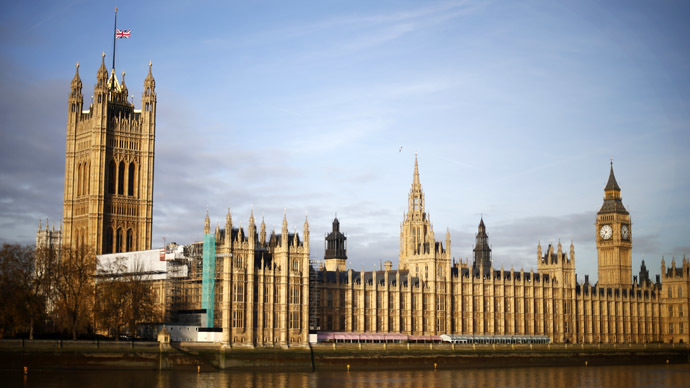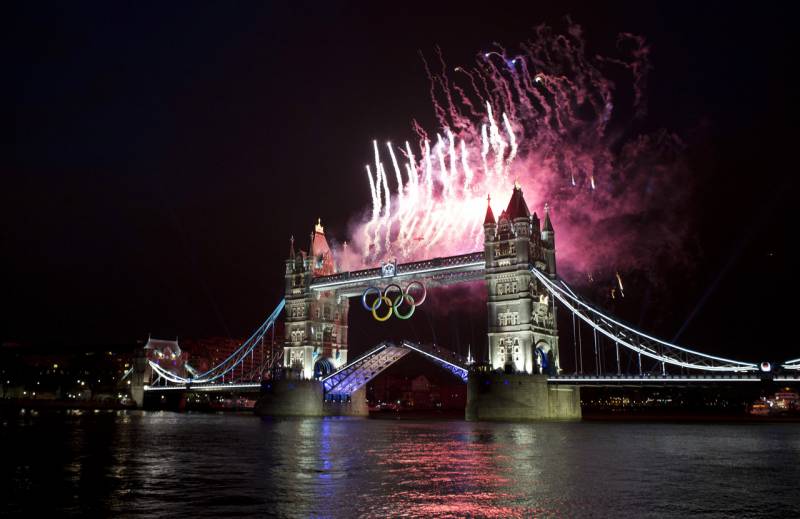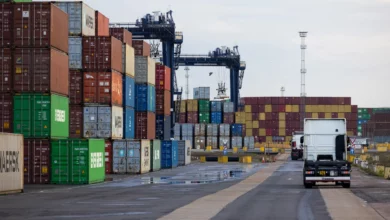
Arguably the best guide to London published this season was written nearly 50 years ago.
"Nairn's London" by Ian Nairn first appeared in 1966 and has been reprinted after fans of the idiosyncratic architectural enthusiast mounted a public campaign.
The author, a former Royal Air Force fighter pilot who badgered the editors of the Architectural Review into giving him a job and who went on to become the Observer's architecture critic, died of drink in 1983, aged 52.
He made his name as an agitator against poor quality buildings being thrown up after the war, coining the derisive term "Subtopia" for the damage being inflicted on Britain's suburbs and starting a campaign against bad modern architecture called "Stop the Architects Now".
Nairn's guide to the capital contains 450 entries describing churches, galleries, offices, houses, monuments, bridges, markets, pubs and just about everything else between Uxbridge to the west and Dagenham in the east.
Most of the buildings he writes about are still there, although inevitably some have since changed use or disappeared. He chose places the public could get into.
It's an extraordinary catalogue, the product of an exhausting amount of legwork enlivened by a literary style that is waspish, informed and opinionated.
Nairn very much likes the Soane Museum, the former home of the architect Sir John Soane in Lincoln's Inn Fields now crammed with his collection of art and antiquities.
Although unremarkable from the outside, what lies inside is "an experience to be had in London and nowhere else, worth travelling across a continent to see in the same way as the Sistine Chapel or the Isenheim altarpiece".

The Houses of the Parliament in London.
ELEPHANT'S BACKSIDE
Further north, an early Victorian development in Islington, Milner Square, provokes an equally forthright reaction, this time negative.
"Not to be missed in the sense that you ought to try Fernet-Branca at least once," Nairn says of the square's striking yellow brickwork and white pilasters. "It is as near to expressing evil as a design can be."
Highgate cemetery, the north London necropolis where Karl Marx's body lies and a popular spot for Sunday strollers, also comes in for some criticism.
"This is the creepiest place in London," writes Nairn. "Nothing seems real but death at its creepiest and clammiest. The cemetery closes well before dark, and a good job too."
Not much escapes Nairn's notice. Of the Albert Memorial, Queen Victoria's elaborate Kensington tribute to her Prince Consort, Nairn says: "The elephant on one of the corners has a backside just like a businessman scrambling under a restaurant table for his cheque-book."

Fireworks explode off the Tower Bridge during the night of the opening ceremony of London 2012 Olympic Games in London July 27, 2012
Nairn is surprisingly ambivalent about some modern places.
Heathrow Airport is "squalid, messy, cluttered, a sea of cars, a depressing introduction to London … maybe".
The former pilot cannot resist seeing the airfield as a showcase for its airliners, described as "those astonishing 600 mph packages, each one costing as much as Coventry Cathedral".
According to an Afterword in the book by architectural historian Gavin Stamp, Nairn once described himself as "a person who drinks a lot and can't bear either pretensions or possessiveness".
So of course he listed quite a few pubs. One to visit would be the Wellington, centrally located on the corner of the Strand and the Aldwych.
"Extraordinary-ordinary: comfortable and quietly elegant, what every pub or street should be and isn't," was Nairn's verdict in the 1960s. It still looks much the same, although it is probably more popular with tourists now.




